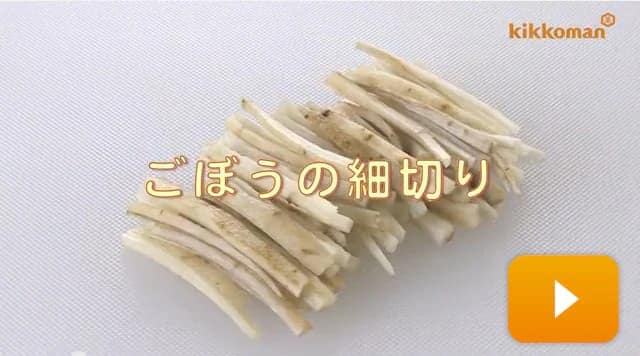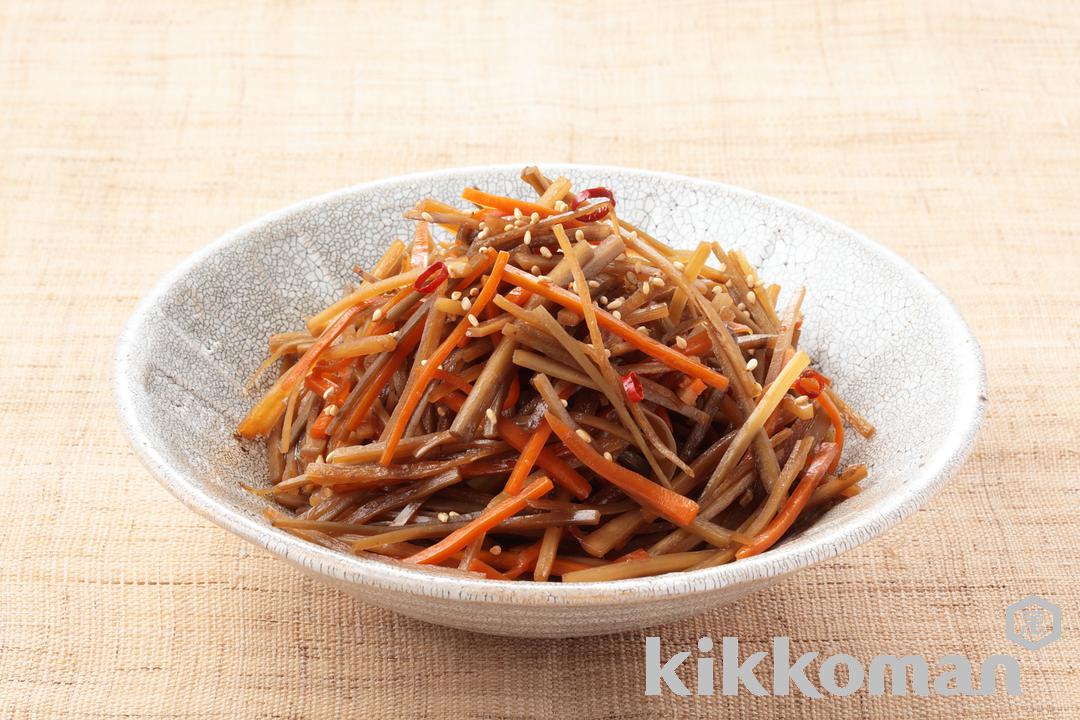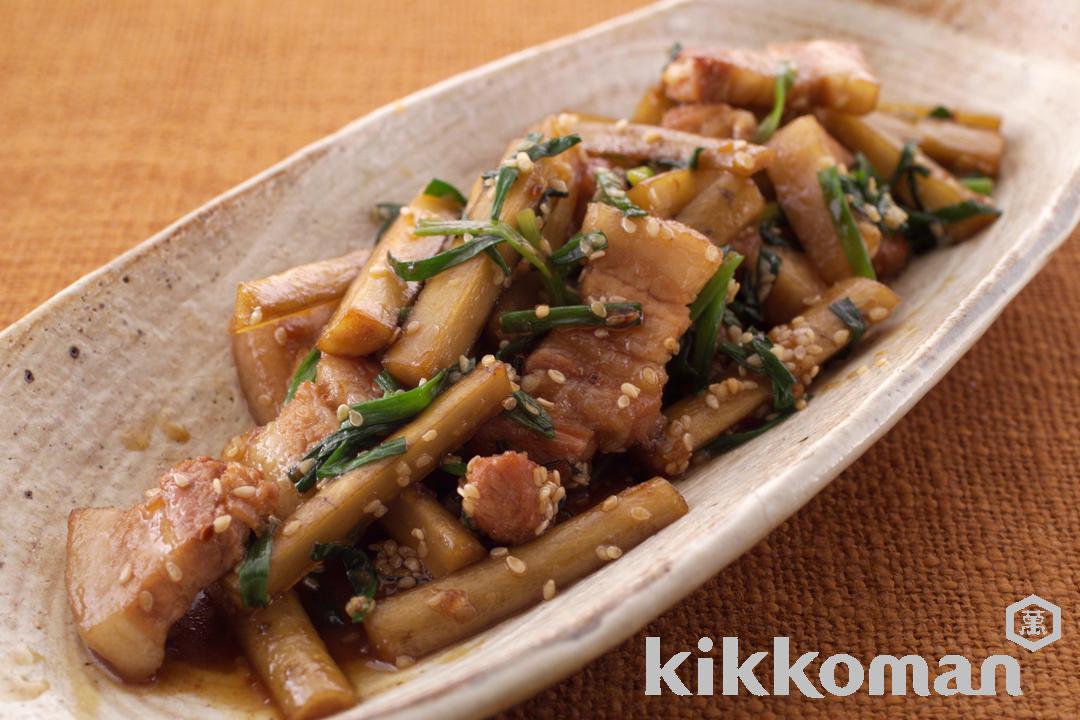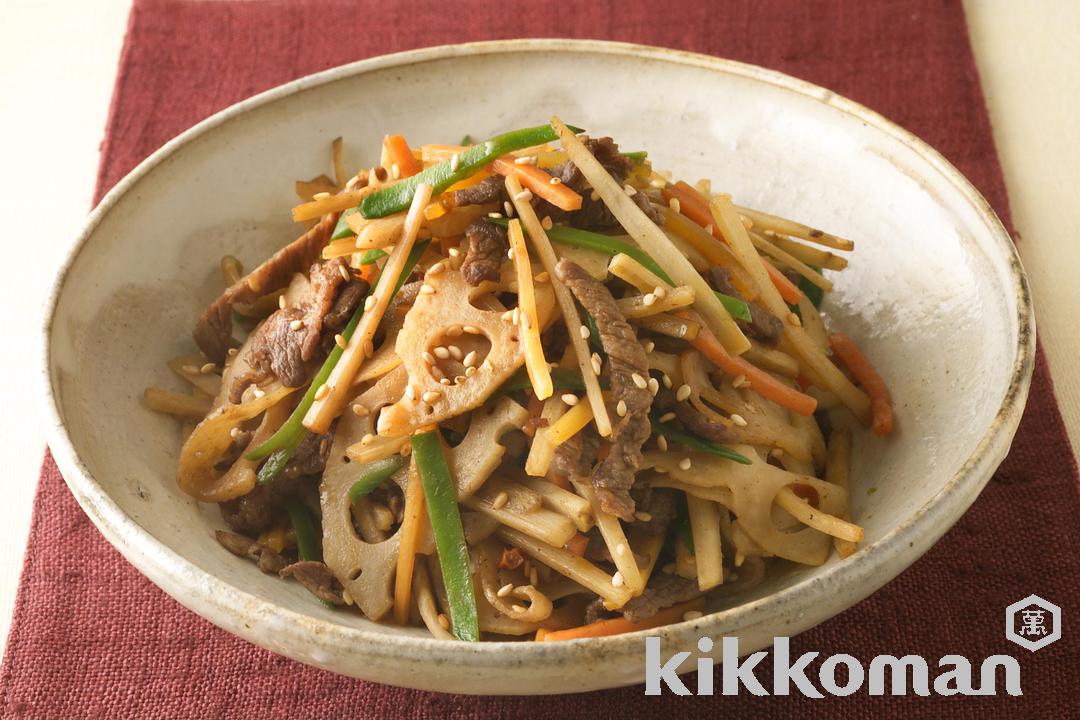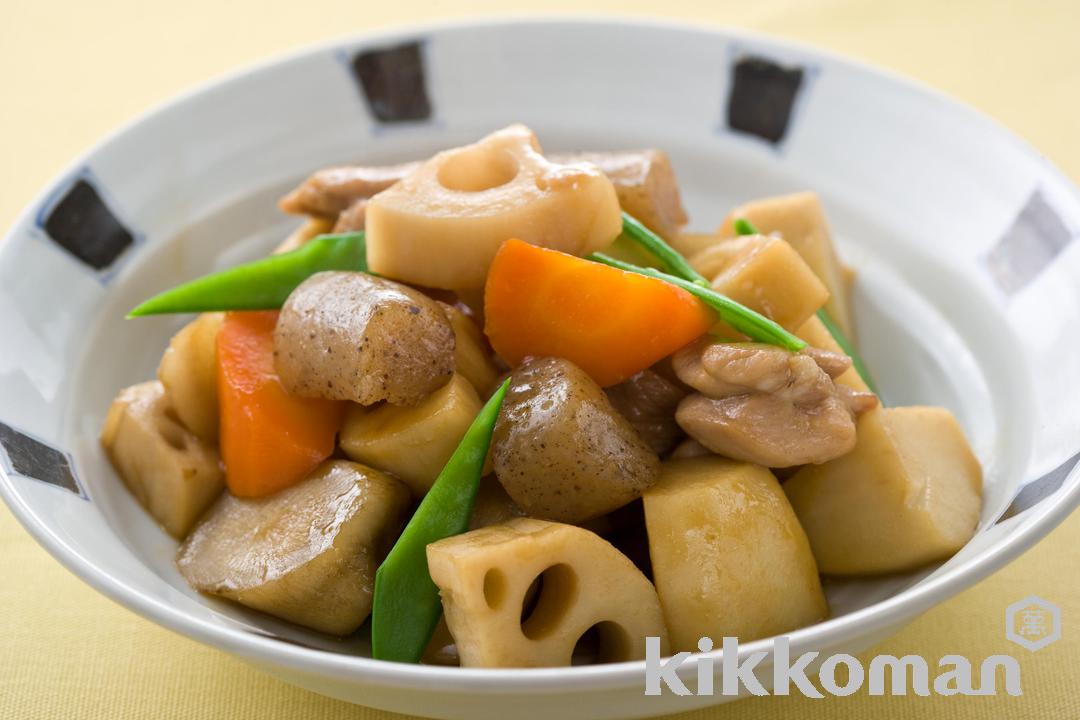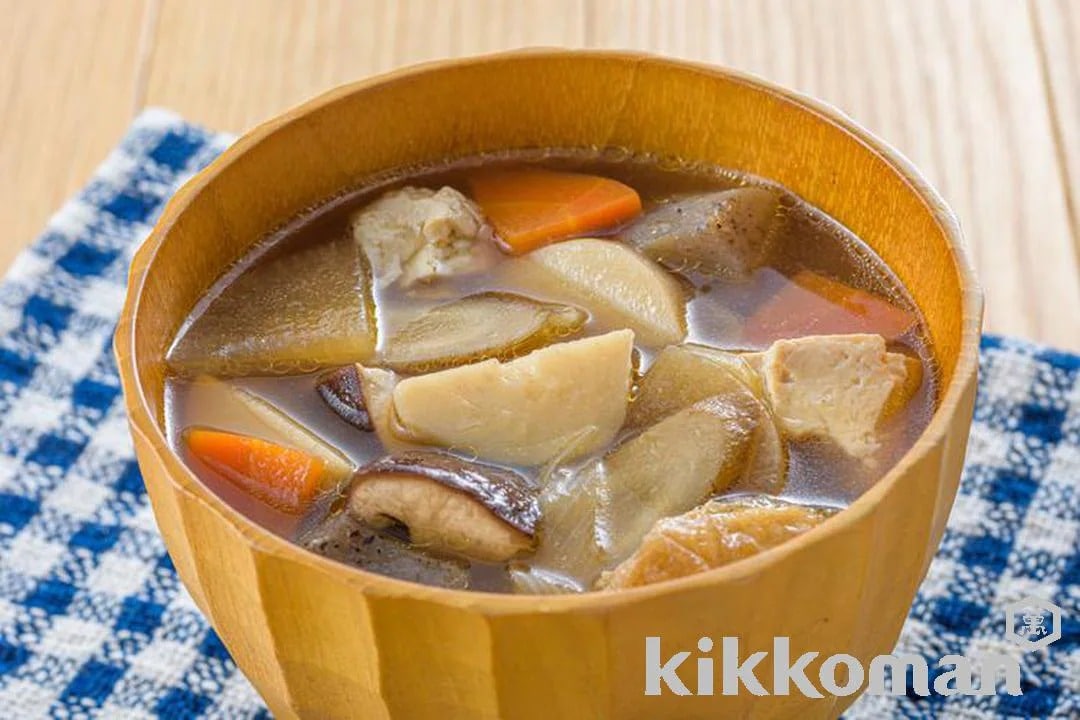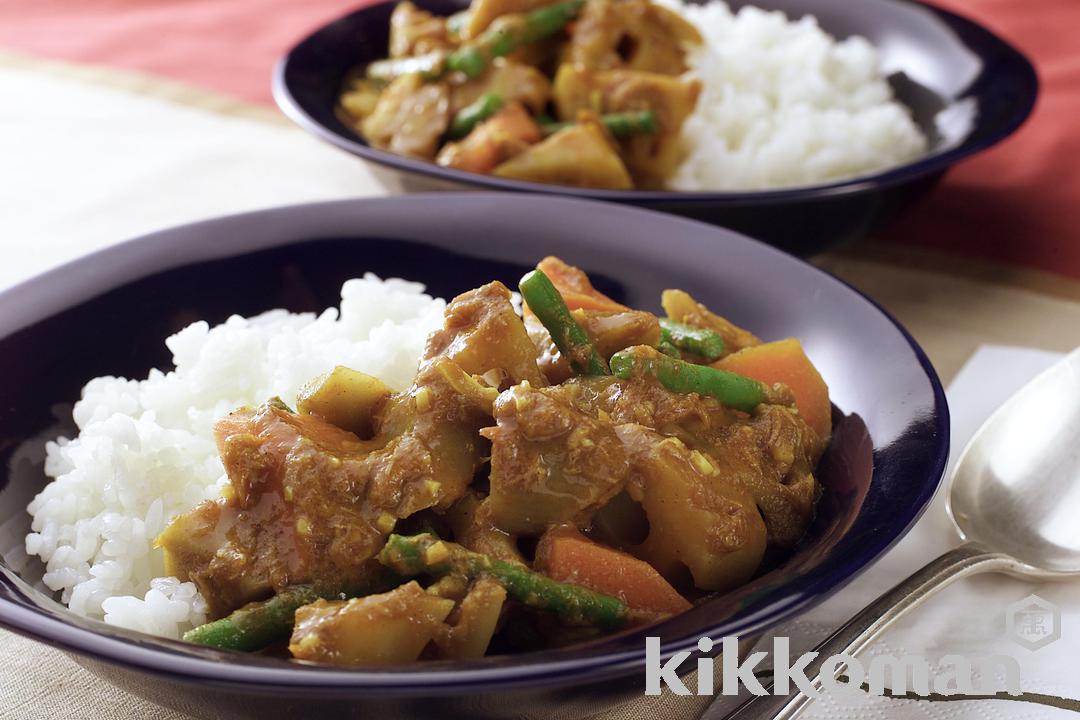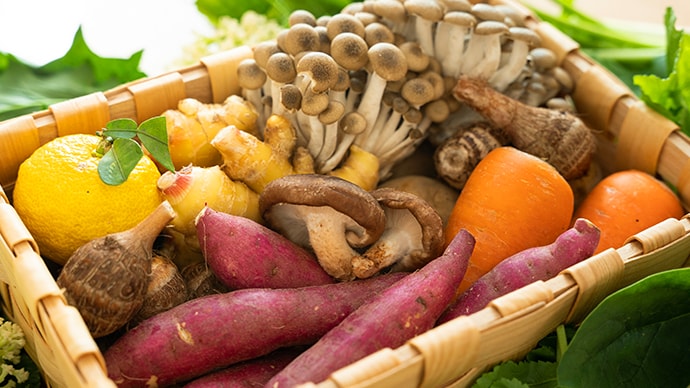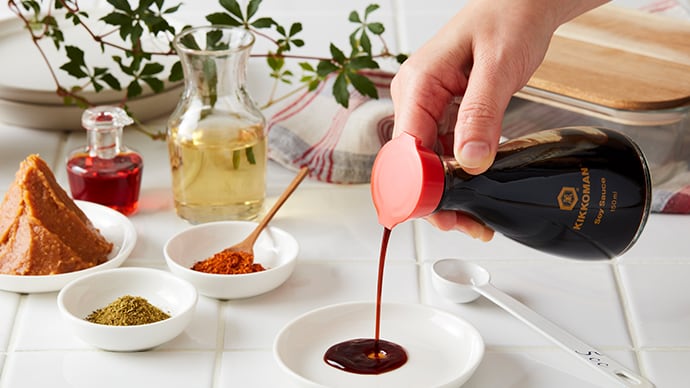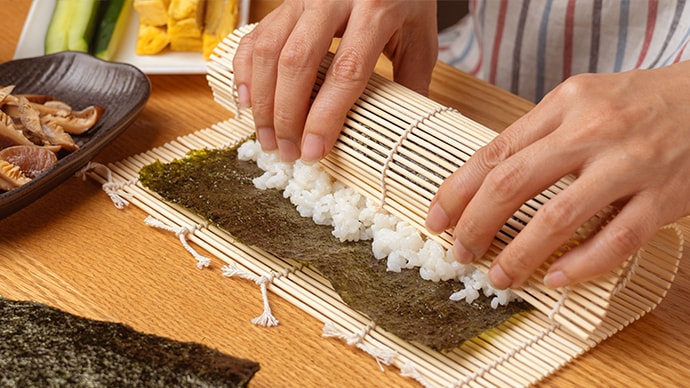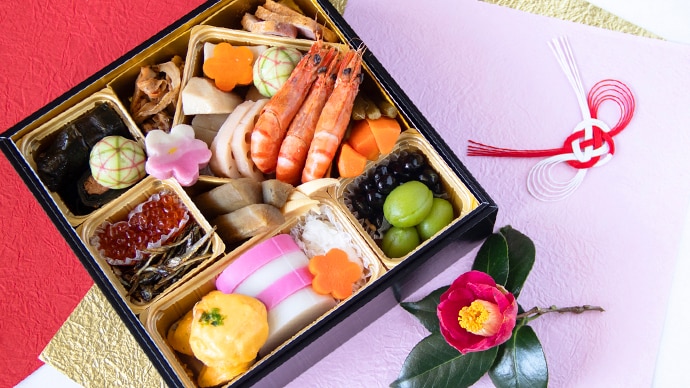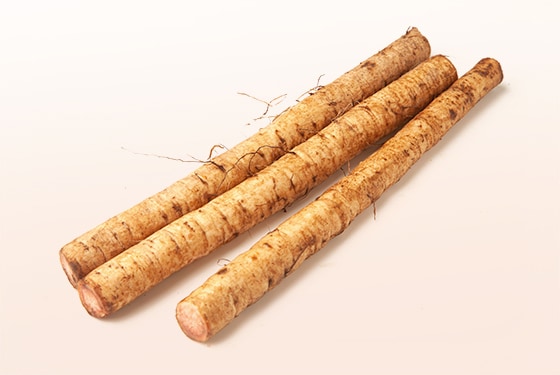
A flavorful root vegetable indispensable to Japanese cuisine
What is gobo?
Gobo / burdock root (ごぼう in Japanese) is a root vegetable having a unique flavor and crunchy texture. In Japanese cuisine, it is widely used in stir-fries such as kinpira gobo (braised burdock root), stews, tempura, and as an ingredient in mixed rice dishes and miso soup. Japan is the world's largest consumer of gobo as a vegetable, and elsewhere it is often used for medicinal purposes.
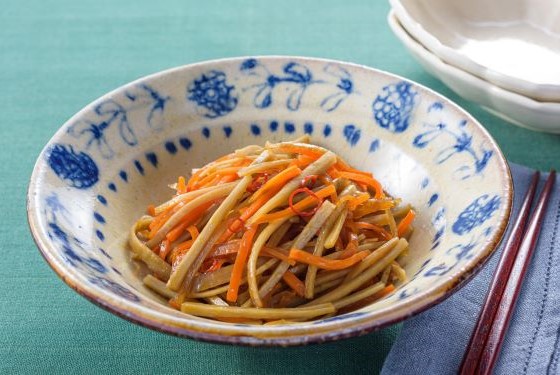
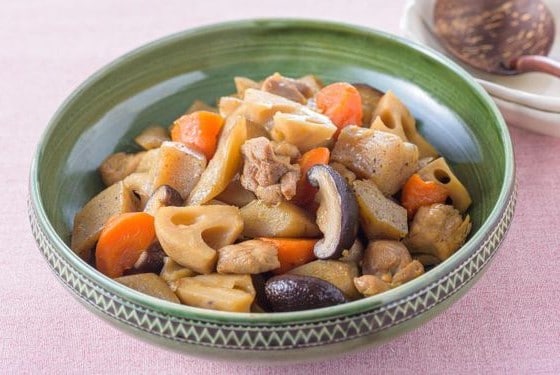
Nutrition facts
Gobo is known for being high in insoluble dietary fiber. Insoluble dietary fiber is very effective in maintaining intestinal health and regularity. The lignin contained in gobo's insoluble dietary fiber is said to activate intestinal peristalsis. Gobo also contains inulin, a soluble dietary fiber, which promotes the growth of good bacteria and balances gut microbiota. It is also rich in potassium, iron, and zinc.
Gobo contains polyphenols such as tannins, chlorogenic acid, arctigenin, and saponin, which are known to have antioxidant effects. However, as these polyphenol will be lost if oversoaked when removing bitterness, it is best to soak for a short time and eat in broth with the skin on.
Storage to prevent food loss
Gobo that still has dirt on it can be wrapped in newspaper and stored in a cool, dark place for about two weeks. Young gobo or those that are dirt-removed can be wrapped in plastic wrap and stored in the refrigerator for up to a week.
Trivia
Gobo tends to brown quickly when cut. In order to prevent this you will need to remove its bitter qualities. Gobo will turn white if soaked in vinegar water, but if whitening is not necessary (say for stir-frying or simmering), it is also possible to soak it in water for about 30 seconds. Soaking water turns brown not from leftover dirt, but from polyphenols. As such, to avoid decreasing the nutritional value, be careful not to oversoak.
Cooking Basics
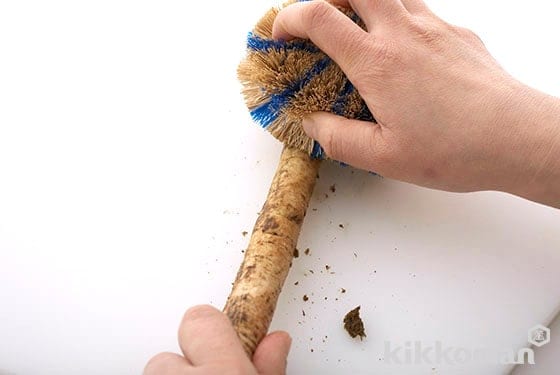
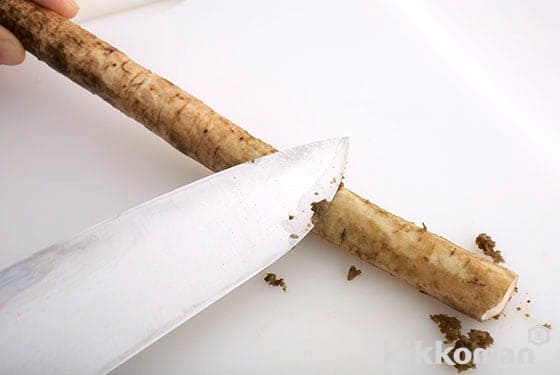
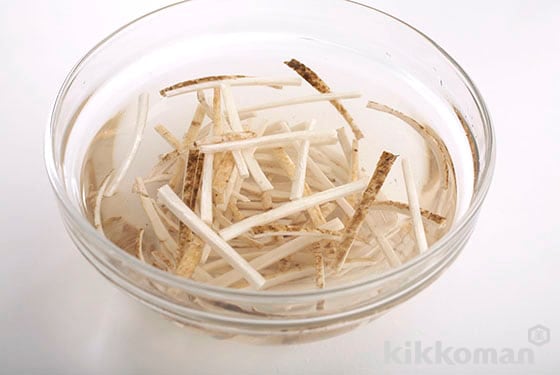
Since the flavor of this root vegetable is located between the skin and the root itself, peel off the skin as thinly as possible. For recently picked and fresh roots in soil, a quick scrub with a natural bristle scrubber or vegetable brush is sufficient. For older roots that have become hard, scrape with the back of a kitchen knife to remove the skin. Burdock root has a high lye content. Cut and soak in water for about 5 to 10 minutes to remove excess lye. However if soaked for too long or if the water is replaced, the flavor also will seep out.
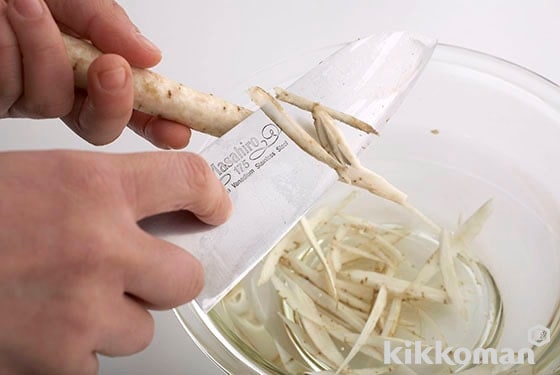
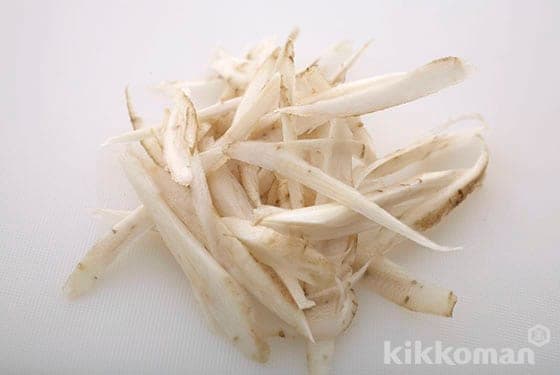
Scrape off the skin, lay a kitchen knife against the burdock root in a manner to start shaving off from the end and then proceed to shave off thin pieces. Have a bowl full of cold water ready to directly catch the burdock root shavings.
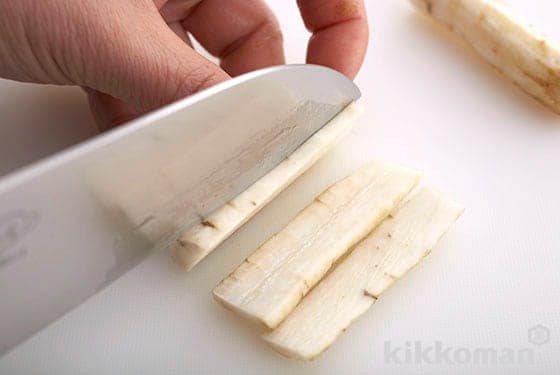
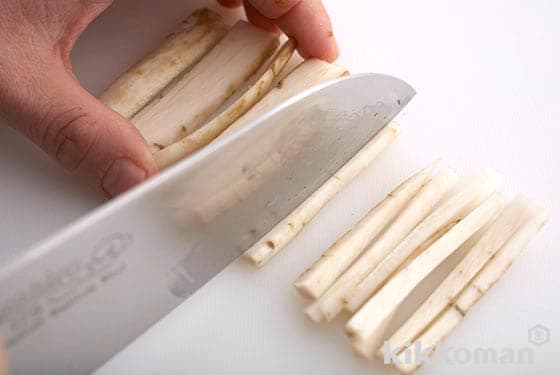
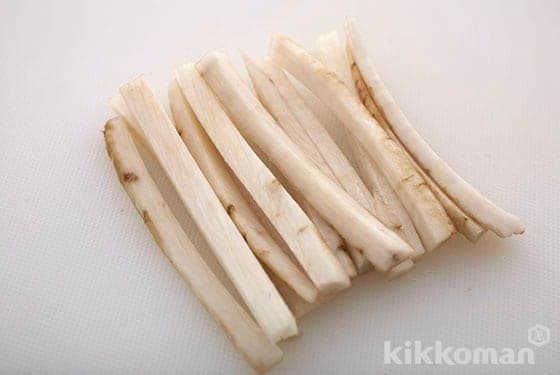
Scrape the burdock root with a knife, and cut into 5 cm (2 in.) length pieces. Then place in water and cut into planks of around 3 mm (0.1 in.), gradually sliding and stacking these planks. Lastly, thinly julienned into widths of around 3 mm (0.1 in.).
Related Recipes
20min+
447kcal
1200mg
15min
304kcal
800mg


